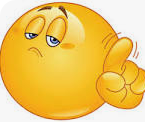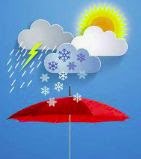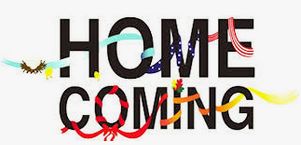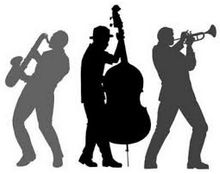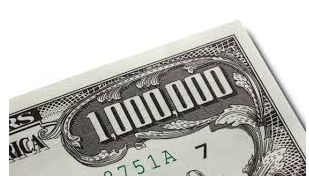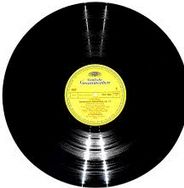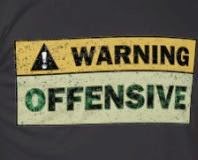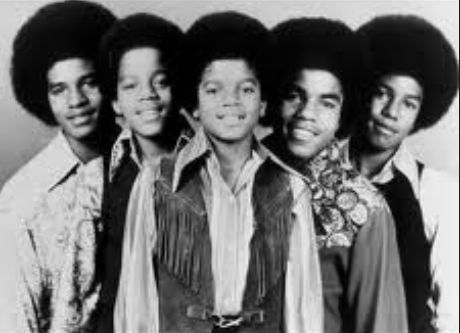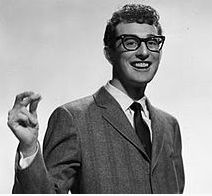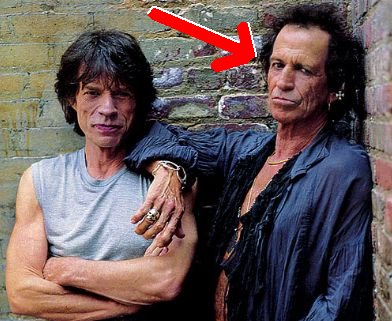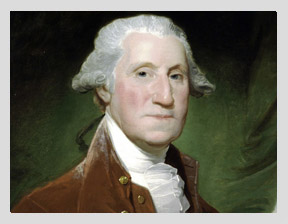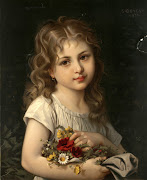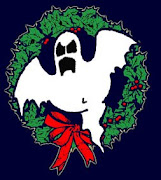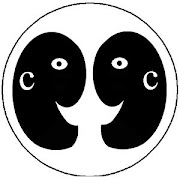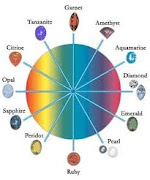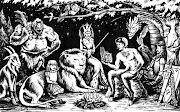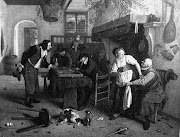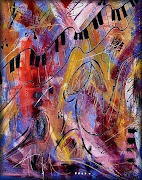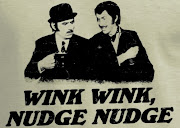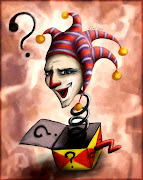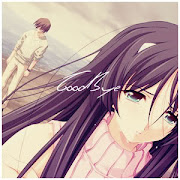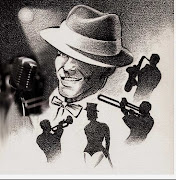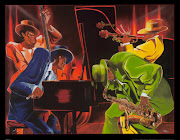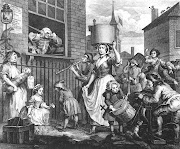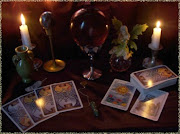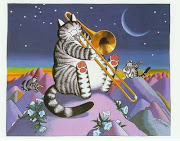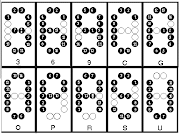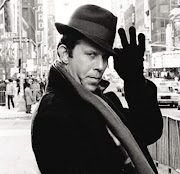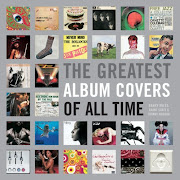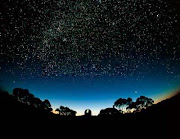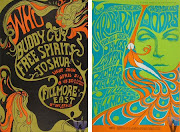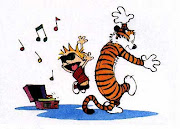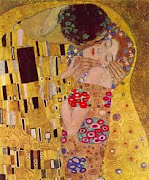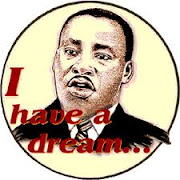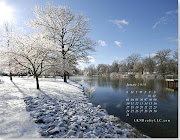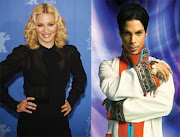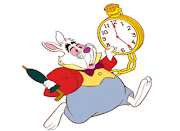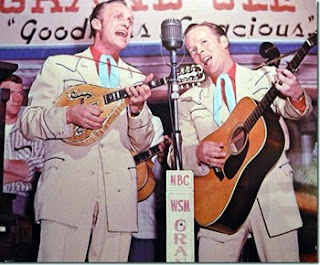
Bill Morrissey: Handsome Molly
[purchase]
Bill Morrissey: Birches
[purchase]
His songs were like Elmer Rising's pen and ink masterpieces--you could admire each confidently executed lyrical brushstroke and melodic twist on the finest of scales, and never diminish the overall impression of their honesty and truth. At the height of his powers, on 1989's Standing Eight, 1992's Inside and 1993's Night Train, each Bill Morrissey record contained several songs that each would have been the life's work of a lesser artist. There may have been others writing songs equally detailed as "These Cold Fingers," "The Man From Out Of Town" or "Birches," but none were better.
- Mark Erelli, August, 2011
Darius and I have posted several tracks by Bill Morrissey over the years, including several duets of traditional folk numbers recorded with Greg Brown. But while I appreciate his handy coverage, and posted several of my favorites back in July over at Cover Lay Down, I'm partial to his more pensive songwriting - I count Mark Erelli's cover of Birches, for example, as one of the better covers in my vast collection, though in this case, at least, it's hard to outdo the original. And Handsome Molly was the very first track of his I heard, way back on Legacy, a 1989 folk compilation that perfectly captured the eighties folk movement, and my heart.
But I also owe that song an apology of sorts, one I hope to rectify by sharing it. Because at the time, I wasn't sure what to make of Morrissey's fragile, croaking tenor. It scared me a little, I think; the emotion was raw, and at sixteen, I wasn't ready. And so, although I treasured the album as a whole, I skipped over this track for decades, having not yet outgrown my penchant for the melodic.
Only in the least couple of years have I finally come to appreciate that the best music is most often wrung from a broken instrument, bringing me to Tom Waits, Bob Dylan, and through them, back again to Bill Morrissey, a man well admired by his songwriting peers even as they worried about his lifestyle. And so I rediscovered the genius songwriter, chronicler of pain, his lyrics still and hollow on the surface, yet possessed of intimate and universal depth, each song like a Raymond Carver story. And I shared what I had found, in the very first month of my foray into music blogging, in the form of a feature on his tribute to Mississippi John Hurt, which I highly recommend.
And then I filed him in my mind alongside a hundred other songwriters I admire without dwelling too heavily in their sounds.
And then, just like that, he was gone.
As I wrote on my own blog after his passing, Morrissey had his demons: he was known for his drinking, and the weariness of the solo road warrior which caused no amount of stress and desperation in his actions. The heart disease which killed him before his sixtieth birthday was a symptom of the hard life he led, to be sure. And as Cliff Eberhardt, who as a fellow Fast Folk alumni and friend served as pallbearer to this fallen giant of the folk movement, noted on Facebook after his funeral, “The casket felt so light. That’s when I knew he was really gone, because if his soul was in there with him, that casket would have weighed a ton.” I can offer no more fitting epitaph. May there be no more pain where he lies.










